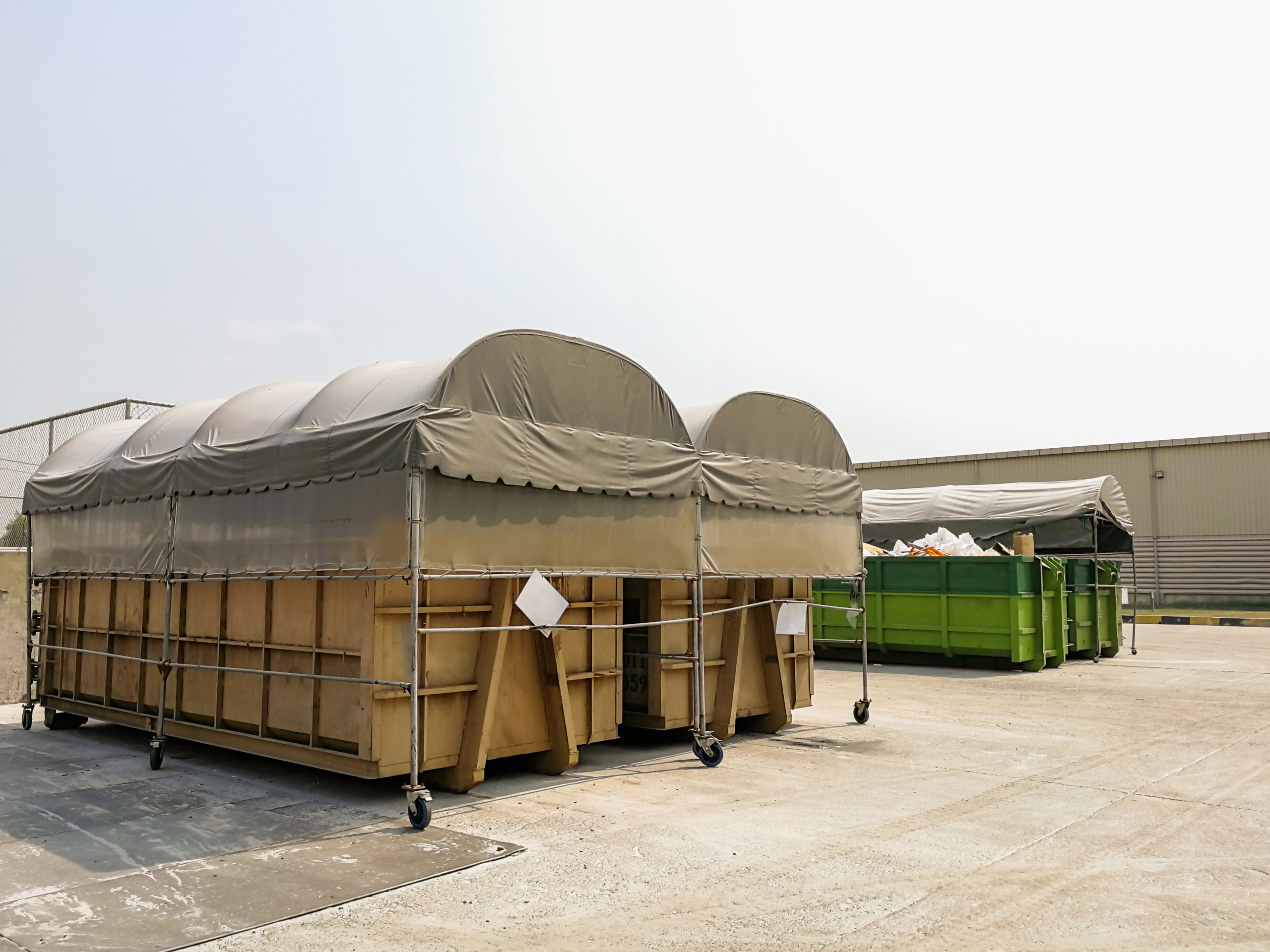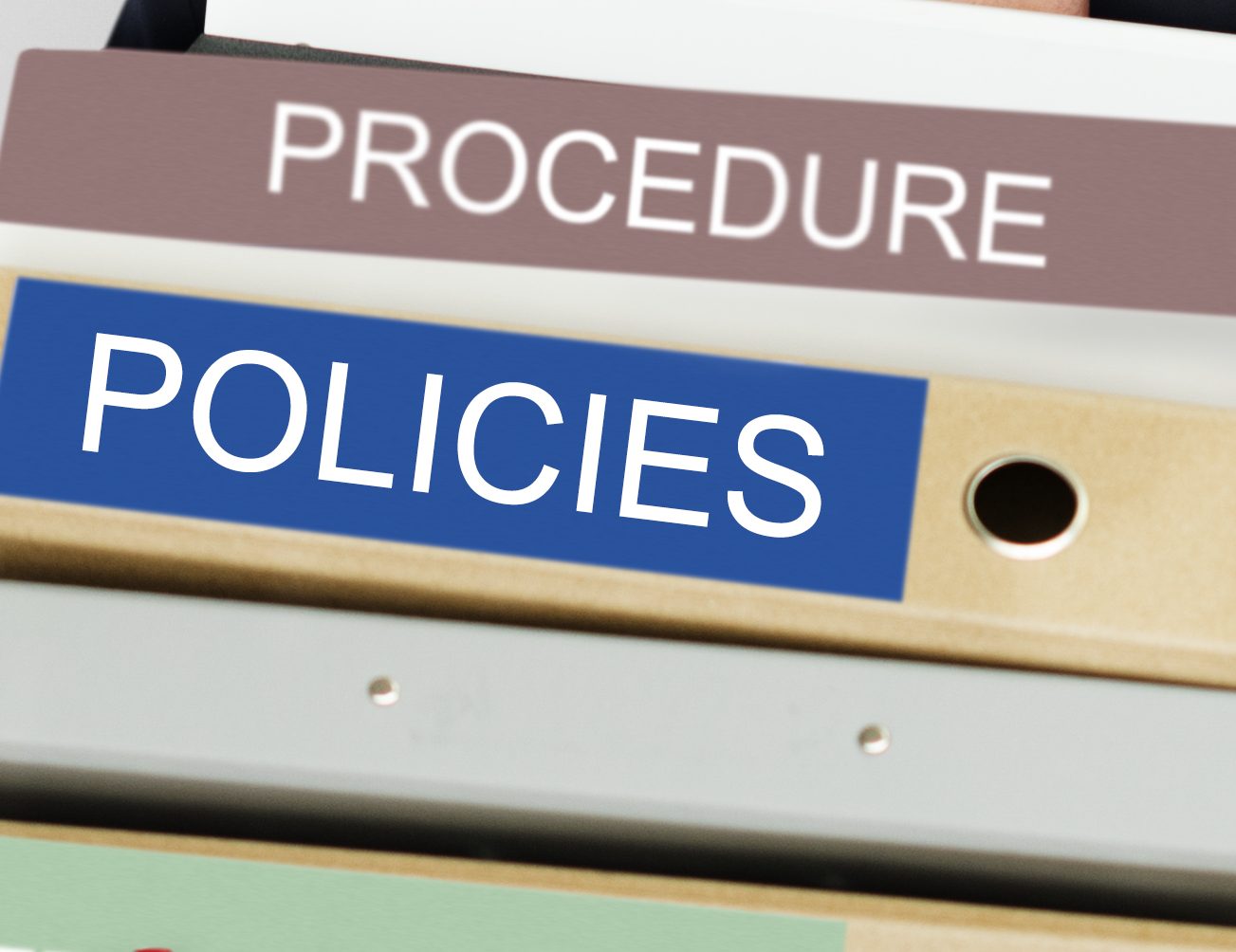
On-site at industrial facilities, stormwater can become exposed to various materials such as product storage and staging locations, machinery and equipment, outdoor production activity, waste materials, and any other outdoor production or management circumstances.

During industrial activities, stormwater can come into contact with manufacturing materials, equipment, and unsafe chemicals through product movement, staging, or transfer. Pollutants like oil and grease, metals, paints, and other contaminants can make their way through stormwater runoff and into storm drains where the stormwater in most cases remains untreated as it eventualy flows towards rivers, streams, and lakes.
Industrial facilities need best management practices (BMPs) implemented to reduce and potentially eliminate pollutants exposed to stormwater. There are thousands of industrial-type businesses, and all are categorized into specific industrial sectors and types by the Environmental Protection Agency (EPA) and Florida Department of Environmental Protection (FDEP).

FDEP provides the Multi-Sector Generic Permit (MSGP) that is intended to support the compliance and regulatory requirements in respect to stormwater management for many types of industrial businesses. Activities from lumber and wood products, chemical and manufacturing, automobile salvage yards, scrap and waste material processing and storage, and recycling facilities to name a few. Because there are so many circumstances that may influence the presence of pollutants in stormwater discharges, the MSGP will provide specific industry sectors with described unique pollution prevention policy and procedure requirements.
Many industrial facilities and companies create unexpected and undetected pollutants. The common denominator is stormwater. Controlling stormwater pollutants cannot be isolated from a handful of rules or BMPs due to the many facets of industrial type businesses. Below are considered the primary BMPs that should be implemented at most industrial organizations.
- Training and Education for employees and vendors about stormwater.
- Using structural BMPs to eliminate improper stormwater runoff pollutant discharges to local outfalls and storm drains.
- Document, manage, and implement procedures for handling hazardous liquids that may come in contact with stormwater.
- Availability of a quality and well-furnished spill kit to help minimize risk, control, and cleanup.
- Create and implement outdoor processes for equipment operations and maintenance.
- Produce safety procedures for outdoor materials storage and handling.
- Effective waste handling and disposal practices.

As you can see, some BMPs can be quite specific or structural and well defined, and many others are more general activities such as program, procedure, or process in nature. It is important that the action of eliminating stormwater runoff pollutants becomes the objective.
KCI understands that the industrial permitting programs are put in place to prevent harmful pollutants from being discharged directly into our conveyance systems, and KCI is here to help you maintain a successful National Pollutant Discharge Ellimination System (NPDES) program. Call us today at (888) 346-7779.



